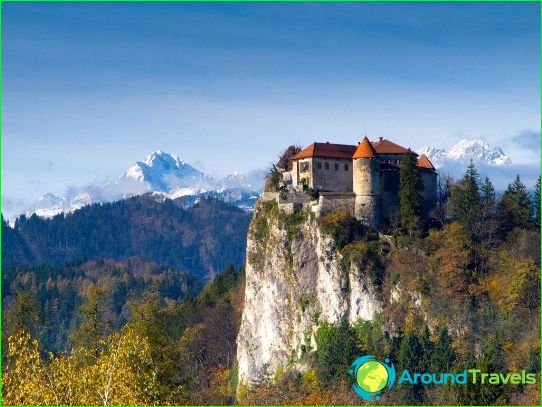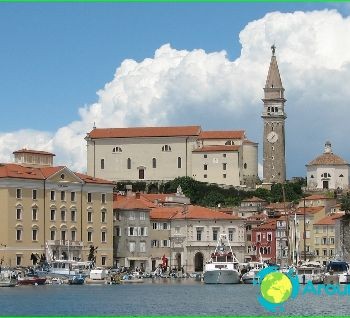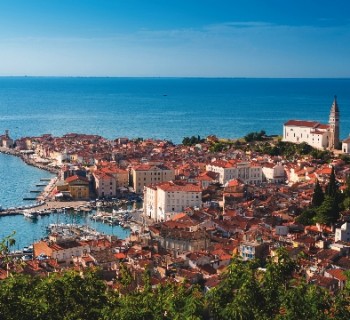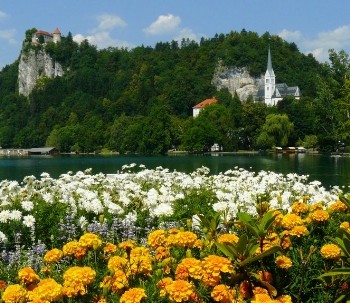Slovenian culture

It was the culture of Slovenia that allowed the inhabitants of this country to withstand all political battles and finally find their own state - sovereign, independent and progressive. At all times, the citizens of Slovenia carefully preserved customs and traditions, took care of the language and writing, and therefore they took place as an integral, cohesive and united nation.
The book is a source of knowledge
For the inhabitants of Slovenia, this expression is not just empty words. Among all European countries, Slovenia ranks first in the number of books published for each of its inhabitants, and UNESCO granted Ljubljana the right to become the World Book Capital in 2010.
The inhabitants of the country celebrate the Day of Culture of Slovenia on February 8. It coincides with the commemoration day of Franz Preschern, a poet who worked in the style of European romanticism. Residents of the country noted his merits, including in the form of a prize, which is awarded annually for important achievements in the field of art and culture. "Preshern's award" is one of the most prestigious not only in the country, but throughout the European Union.
Architectural masterpieces
A variety of architectural styles are reflected in the heritage of Slovenia. Samples of Romanesque architecture and slightly later Gothic buildings that have survived from the XII-XIII centuries seem especially amazing. Seaside cities are dazzling with Renaissance buildings, which is not surprising: after all, Italy, with its magnificent palaces and mansions, is Slovenia's closest maritime neighbor..
The main Slovenian sights can be seen even during a short trip, because the country is very small in area and all distances are covered in a few hours of a good road. Worth a visit without a doubt:
- Castle on Lake Bled, built in the 10th century on top of a 130-meter cliff on the shore. The Romanesque tower has been carefully restored, and the observation deck offers great views of the surrounding area.
- Bogensperk Castle, the construction of which dates back to the first half of the 16th century. The museum exposition on its territory tells about the development of Slovenian culture during the Renaissance.
- The Russian chapel built during the First World War on Vršić. It was erected by Russian prisoners in honor of the Equal-to-the-Apostles Prince Vladimir, and the road to it today is called the Russian Way.
- Maribor Cathedral in honor of St. John the Baptist, built in the XII century. Its 57-meter bell tower is the hallmark of one of the most beautiful Slovenian cities.



